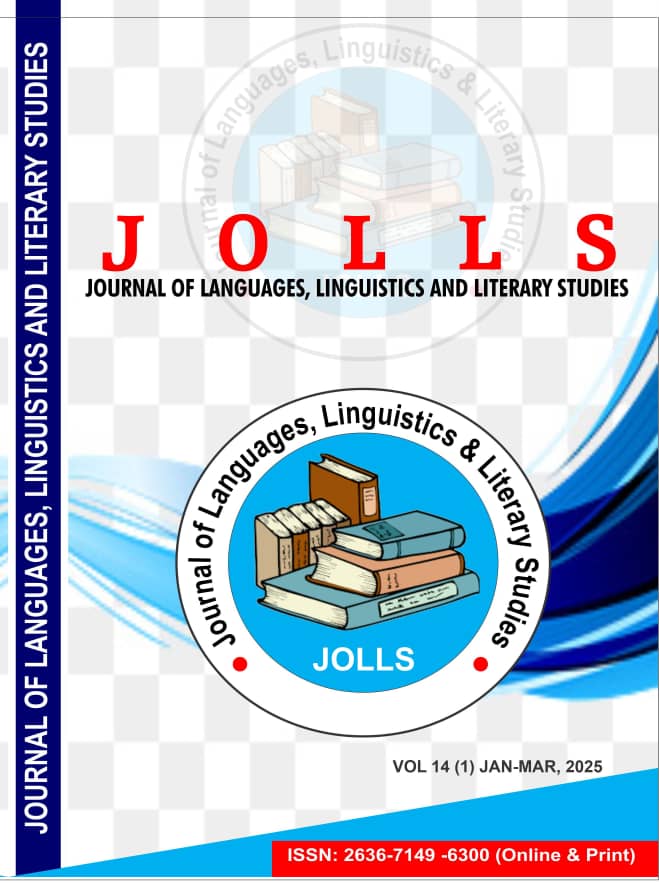EXPLORING HISTORICAL FICTION, IDENTITY, AND MEMORY IN SALMAN RUSHDIE’S MIDNIGHT’S CHILDREN (1981)
Keywords:
postmodern historiography, memory, identity, history, Salman RushdieAbstract
This paper explores the intersection of identity, history, and memory in Salman Rushdie’s 1981 novel Midnight’s Children. The paper explores how Rushdie created a central character that uses the complementary roles of history and memory to forge an identity that is at once personal and communal. In order to achieve this objective, the paper uses postmodern historiography as its theoretical framework to examine how Rushdie fuses the history of Indian independence with that of the central character, Saleem Sinai through the deployment of an ingenious narrative technique of parallelism. In this regard, we see how memory is used to narrate the stories of the life of Saleem in tandem with that of the emergence of an independent Indian nation. The two histories are simultaneously narrated based on fragmented recollections from memory. Consequently, it becomes difficult to separate the personal from the public, and fact from fiction in the narrative. In the end, the identity of Saleem Sinai is fused with that of the postcolonial Indian nation.
Downloads
Published
How to Cite
Issue
Section
License
Copyright (c) 2025 International Journal of Arts, Languages, Linguistics and Literary Studies

This work is licensed under a Creative Commons Attribution-NoDerivatives 4.0 International License.




